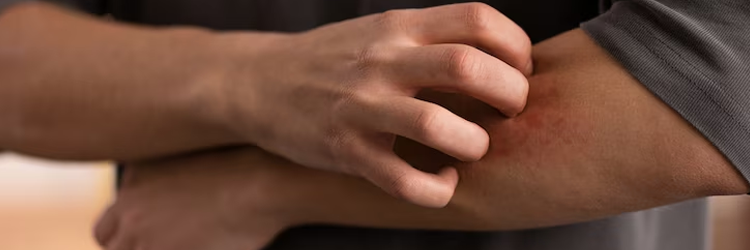Fungal disease is a contagious infection that typically occurs on the skin, nails, or mucous membranes, characterized by symptoms such as itching, redness, peeling, and rashes. This disease is caused by microscopic fungi or yeasts known as dermatophytes. Fungal infections multiply rapidly in warm and humid environments and are more common in individuals with weakened immune systems. Fungi can easily spread through direct contact or by sharing items, making it a widespread health issue in the community.
Fungal infections most commonly appear between the toes, in the groin area, on the nails, on the scalp, and in body folds. The reason for their occurrence in these areas is that fungi can easily thrive in moist and closed environments. Fungal infections, especially athlete’s foot and nail fungus, are more likely to develop when wearing shoes for long periods, sweating, and not paying attention to foot hygiene. Walking barefoot in shared spaces such as pools, hammams, and gyms increases the risk of infection.
Fungal disease not only affects the skin’s surface but can also progress to deeper tissues in individuals with weakened immune systems. Therefore, early diagnosis and treatment are crucial. Although the infection usually starts with mild symptoms, if not treated promptly, it can spread and become more difficult to treat. If any itchy, scaly, or blistering skin changes are noticed anywhere on the body, it is important to consult a dermatologist.
Fungal infections are treatable diseases. However, correct diagnosis, regular treatment, and adherence to hygiene rules are vital in preventing the recurrence of the disease. Personal hygiene habits, keeping moist areas dry, and avoiding shared items are the most important steps in both prevention and supporting the treatment process.
This content was prepared based on the recommendations of Assoc. Prof. Dr. Tuğba Falay Gür.










